Many people, after learning of the “magic bird”‘s appearance, flocked to the island to have a chance to admire this creature before it flew away.
On June 14, 2021, Will Wagstaff, a British wildlife expert, decided to go with his group of friends into the forest on the island of St Mary in the Scilly Islands to observe flora and fauna. While walking in the forest, Will’s group suddenly discovered an Egyptian vulture – a bird known as the “magic bird” perched on a tree. When he saw it, Will was extremely happy because this type of bird had returned to England after not appearing for more than 150 years.
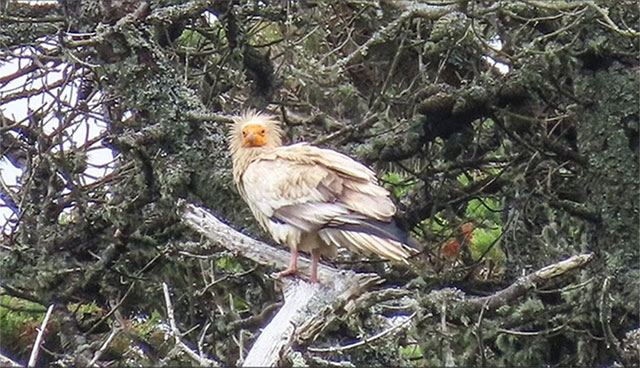
The Egyptian vulture was known as the “divine bird” of the ancient Egyptians.
Immediately after that, Will’s group used a camera to record the actions of this Egyptian vulture. According to Will Wagstaff’s description, the Egyptian vulture stayed on top of the tree for 1.5 hours, then took off and hovered over St Mary’s island.
After reviewing the recorded images, Professor Stuart Bearhop, an ecologist at the University of Exeter, said : “If it is proven that the animal is an Egyptian vulture, this will be the first time this bird has returned to the world. returned to England after 155 years. The presence of wild Egyptian vultures in the UK is “extremely rare”. Previously, in the history books of this country, only two official sightings of this “magic bird” were recorded: One was in Somerset County in 1825. The other was in Essex County in 1868 after a vulture died. Egypt was shot dead by a farmer. This was also the last time Egyptian vultures were seen in the UK.” Indeed, many people flocked to St Mary’s island for a chance to see this creature before it left.
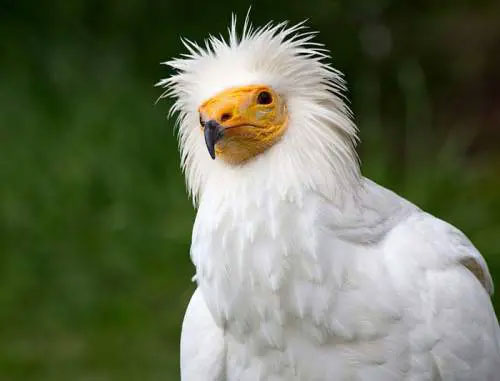
Egyptian vultures have not been seen in the UK for 155 years.
What kind of bird is the Egyptian vulture that its appearance attracts everyone’s attention?
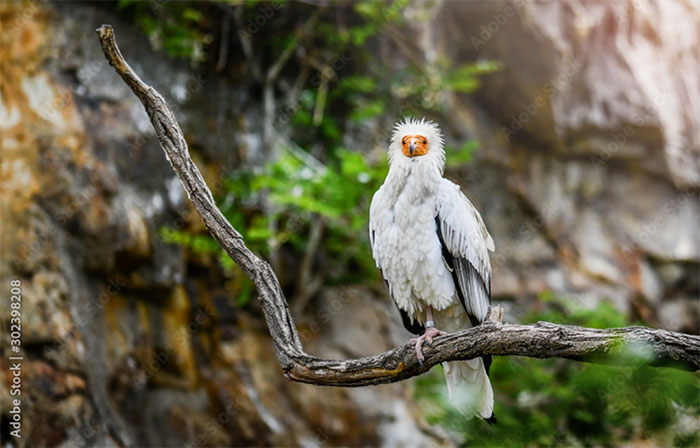
Egyptian vultures are also known as “divine birds” or “Pharaoh’s chickens” because of their connection to ancient Egypt.
Egyptian vultures are also known as “divine birds” or “Pharaoh’s chickens” because of their connection to ancient Egypt. It was considered a royal symbol in ancient Egyptian culture and was protected by kings. The Egyptian vulture also appears in many Egyptian hieroglyphs and is one of the few birds of prey that used tools when hunting by ancient people.
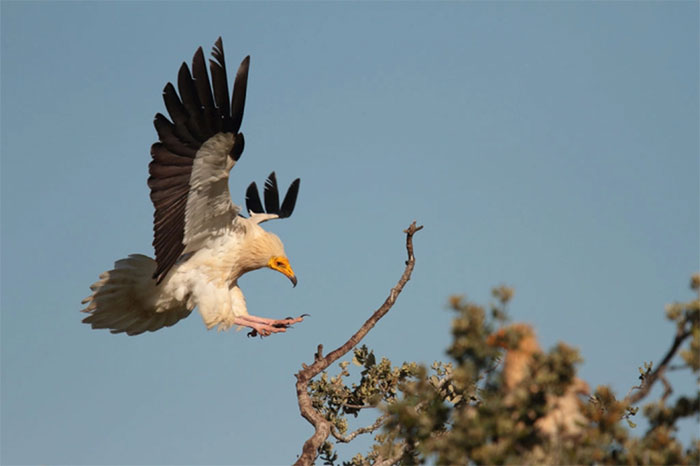
Egyptian vultures like to perch on large dead tree branches or cliffs to observe.
Egyptian vultures mainly eat meat and carrion because of their small size, so they have to wait for leftovers from other larger predators. The average lifespan of Egyptian vultures in the natural environment is about 21 years, while in captivity they can live up to 37 years.
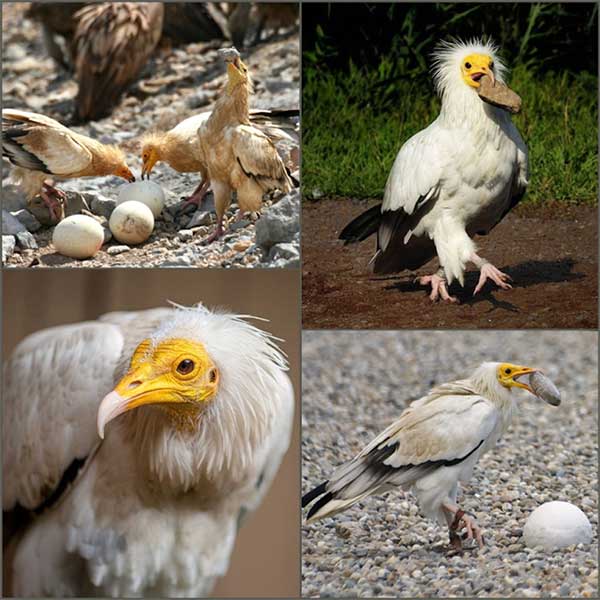
The Egyptian vulture is one of the species that can use its beak to pick up small stones and break eggs.
Like other birds of prey and scavengers, Egyptian vultures are threatened by human hunting, climate change and habitat degradation. They are currently only scattered from the Iberian Peninsula and North Africa to India. The International Union for Conservation of Nature has classified them as “endangered” animals in the Red Book.





